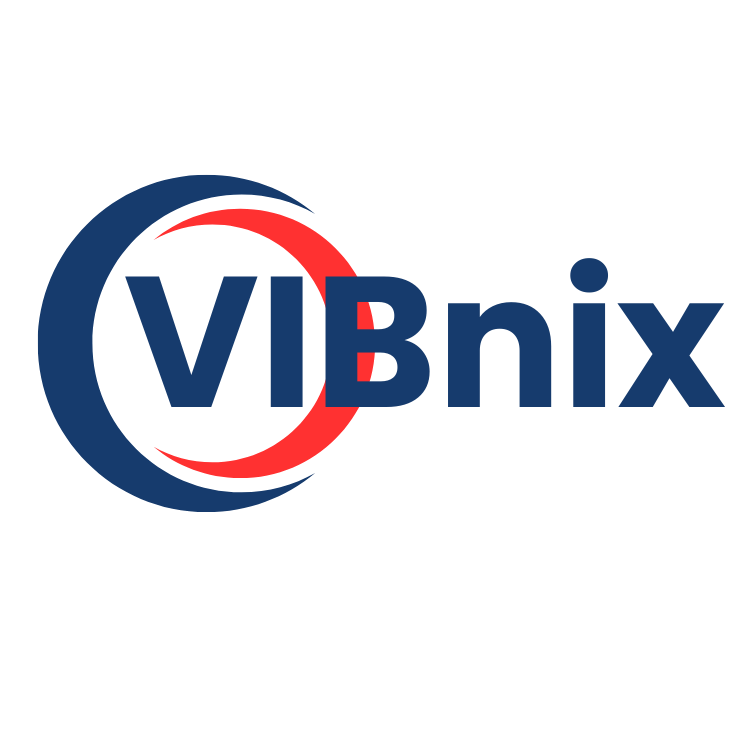The Iced Tea Market: A Refreshing Shift Toward Health and Innovation
Goat Cheese Market industry is expected to grow from 12.87 (USD Billion) in 2025 to 17.34 (USD Billion) by 2034. The Goat Cheese Market CAGR (growth rate) is expected to be around 3.4% during the forecast period (2025-2034).
The goat cheese market has witnessed significant growth in recent years, driven by a variety of factors ranging from changing consumer preferences to increasing awareness about the health benefits of goat milk products. As people shift towards healthier and more sustainable diets, goat cheese has emerged as a favorable option for cheese lovers around the world. In this blog, we will explore the current state of the goat cheese market, analyze the key trends driving its growth, highlight the challenges it faces, and discuss the opportunities for businesses and producers in this growing sector.
1. Introduction to Goat Cheese
Goat cheese, also known as chèvre (from the French word for goat), is a type of cheese made from goat’s milk. It is famous for its creamy texture, tangy flavor, and versatility in culinary uses. Goat cheese can vary widely in taste, ranging from mild and fresh to sharp and aged. It is used in various forms, such as soft and crumbly cheeses, spreadable cheeses, and even harder cheeses that can be grated.
Goat cheese has been enjoyed for centuries in Mediterranean and Middle Eastern countries, but its popularity has surged in the Western world, especially in Europe and North America, in recent decades. With the rise of the "better-for-you" food movement and an increasing focus on sustainable agriculture, goat cheese has found a loyal following among health-conscious consumers, vegetarians, and those with lactose intolerance.
2. Key Factors Driving Growth in the Goat Cheese Market
A. Health Benefits
One of the main reasons behind the growing popularity of goat cheese is the increasing awareness of its health benefits. Goat’s milk, the primary ingredient in goat cheese, is considered easier to digest than cow's milk due to its unique protein structure. This makes goat cheese an excellent alternative for people with lactose intolerance or those who experience digestive issues with traditional dairy products.
Goat cheese is also often considered lower in fat and calories compared to cow's milk cheese. It contains more medium-chain fatty acids (MCFAs), which are metabolized more efficiently by the body. Moreover, goat cheese is a rich source of calcium, protein, and various vitamins and minerals, which contribute to stronger bones, improved immunity, and better skin health.
For consumers looking for healthier cheese options, goat cheese offers an appealing alternative. As the demand for functional foods rises, goat cheese is emerging as a popular choice for people seeking nutritious, low-fat, and easy-to-digest dairy products.
B. Sustainability and Ethical Consumption
Another key driver behind the growth of the goat cheese market is the increasing consumer awareness about sustainability and ethical sourcing of food. Goat farming typically has a smaller environmental footprint compared to traditional dairy farming. Goats require less land, water, and feed, making them more environmentally friendly and easier to raise sustainably.
As people become more concerned with the environmental impact of their food choices, goat cheese presents a sustainable alternative to other cheese varieties that rely on more resource-intensive farming practices. Additionally, goats are often seen as a more humane option for dairy production, as their smaller size and lower milk yield mean that they are generally kept in smaller, more manageable herds, which can lead to less stress on the animals.
This shift towards ethical consumption has been significant in shaping consumer behavior, particularly among younger generations who prioritize environmental sustainability. As a result, goat cheese producers who implement eco-friendly practices, such as using organic farming methods or packaging their products in recyclable materials, are gaining favor among environmentally-conscious consumers.
C. Rising Demand for Specialty and Artisanal Products
Consumers today are more inclined to seek out premium and artisanal food products. Goat cheese, with its distinct flavors and textures, fits well within this trend. In many regions, people are increasingly interested in trying specialty cheeses made by small-scale producers who focus on traditional methods of production.
The demand for high-quality, handcrafted products is driving the growth of goat cheese in the premium segment. Small-scale, artisanal cheese producers are able to cater to the growing appetite for unique and authentic foods. Furthermore, gourmet food markets, restaurants, and online platforms have expanded the availability of specialty cheeses, including goat cheese, making it easier for consumers to access high-end dairy products.
The rise of gourmet food culture has created a market for unique variations of goat cheese, including those flavored with herbs, spices, and even truffles. These innovative flavors appeal to food enthusiasts and help differentiate goat cheese from more widely available varieties.
D. Culinary Versatility
Goat cheese is incredibly versatile and can be used in a wide variety of dishes, from salads and pasta to sandwiches and pizzas. Its tangy, creamy texture makes it a favorite in Mediterranean and European cuisine, and it is also a popular topping for baked goods and savory dishes. The ability to pair goat cheese with fruits, nuts, or honey adds another layer of versatility that appeals to home cooks and professional chefs alike.
This culinary adaptability has played a significant role in the increasing demand for goat cheese in mainstream supermarkets and specialty stores. It is also commonly featured in upscale restaurants, with chefs using it in everything from appetizer plates to main courses.
Key Players are:
Murray's Cheese Shop ,Trader Joe's ,Costco Wholesale Corporation ,Whole Foods Market ,Vermont Creamery ,Rougemont Creamery ,Bongrain SA ,Arla Foods ,Lactalis Group ,Capriole Goat Cheese ,Savencia Fromage Dairy ,Bel Group ,Cypress Grove Chevre
3. Challenges Facing the Goat Cheese Market
While the goat cheese market is booming, there are several challenges that producers must navigate to ensure continued growth and success.
A. Limited Supply of Goat’s Milk
One of the main challenges facing the goat cheese market is the limited supply of goat’s milk. Compared to cow’s milk, which is widely available and produced on a massive scale, goat milk production is relatively small. There is a limited number of goats raised specifically for milk production, and the supply chain for goat's milk is less developed than that of cow's milk.
This can lead to challenges in meeting the growing demand for goat cheese, particularly in regions where goat farming is not as prevalent. It may also result in higher costs for goat cheese producers who are reliant on sourcing premium quality goat’s milk.
B. Price Sensitivity
Goat cheese tends to be more expensive than traditional cow's milk cheese due to the smaller scale of production and higher cost of production. While consumers are increasingly willing to pay a premium for artisanal and healthier food options, there remains a level of price sensitivity, particularly in price-conscious markets.
For mass-market consumers, the higher price point of goat cheese may be a barrier to entry. Therefore, producers need to balance the premium nature of their product with the realities of price competition, particularly as cheese prices fluctuate due to supply and demand.
4. Opportunities for Growth in the Goat Cheese Market
Despite the challenges, the goat cheese market offers significant opportunities for growth.
A. Expanding into Emerging Markets
While the goat cheese market has seen steady growth in North America and Europe, emerging markets, such as Asia-Pacific and Latin America, represent untapped potential. As consumers in these regions become more health-conscious and seek out new culinary experiences, goat cheese could gain significant traction.
In countries where dairy consumption is already rising, goat cheese could be positioned as a healthier, more sustainable alternative to cow's milk cheese. This would require effective marketing campaigns to educate consumers about the benefits of goat cheese and its versatility in local dishes.
B. Innovating Product Offerings
Another opportunity lies in the innovation of new goat cheese products. With the growing demand for plant-based and dairy-free alternatives, goat cheese producers could explore creating plant-based versions of their products, using ingredients like coconut milk or cashews. Additionally, developing new flavors, packaging innovations, and health-enhanced versions could open new segments within the market.
C. Building Stronger Supply Chains
To address the supply chain issues, goat cheese producers can work on building stronger relationships with local goat farmers or invest in more sustainable farming practices. By developing vertically integrated supply chains and ensuring the consistent availability of high-quality goat milk, producers can overcome some of the challenges associated with scaling up production.
Grab More Report:
Molasses Extract Market Research Report By Source (Sugarcane Molasses, Beetroot Molasses), By Grade (Feed Grade, Pharmaceutical Grade, Food Grade), By End-Use Industry (Food and Beverage Industry, Animal Feed Industry, Pharmaceutical Industry), By Distribution Channel (Direct Sales, Retail Sales, Online Platforms) and By Regional (North America, Europe, South America, Asia-Pacific, Middle East and Africa) - Forecast to 2032
Doughnut Market Research Report By Dough Type (Raised, Glazed, Old-Fashioned, Cake, Apple Cider), By Filling Type (Jelly, Cream, Fruit, Custard, Chocolate), By Topping Type (Sprinkles, Nuts, Fruit, Chocolate Chips, Glaze), By Target Consumer (Individuals, Businesses, Schools, Restaurants) and By Regional (North America, Europe, South America, Asia Pacific, Middle East and Africa) - Forecast to 2032
About Market Research Future:
Market Research Future (MRFR) is a world-renowned market research company that offers a wide range of services, complete with accurate and precise analysis about diverse markets, sub-markets and target consumers. Our approach is a combination of extensive information and multiple data sources that help provide an exhaustive comprehension about the latest major developments to the client, in addition to future events and what measures and decisions to take on the basis of the same.
Our fast-emerging market research firm is armed with an adept research analysts’ team that focuses on gathering useful data and analytics in terms of economic and technological advances. Our proficient analysts conduct industrial visits in a bid to achieve reliable and accurate information from established market participants. One of our foremost objectives is to keep the client well-versed with all the lucrative opportunities as well as challenges surrounding various global markets. We offer step-by-step guidance to our clients, through consulting and strategic services, enabling them to arrive at a practical and effective decision.
Contact us:
Market Research Future (part of Wantstats Research and Media Private Limited),
99 Hudson Street,5Th Floor, New York, New York 10013, United States of America
PH no.: +1 646 845 9312
- Vibnix Blog
- Politics
- News
- Liberia News
- Entertainment
- Technology
- Educaţie
- Art
- Causes
- Crafts
- Dance
- Drinks
- Film
- Fitness
- Food
- Jocuri
- Gardening
- Health
- Home
- Literature
- Music
- Networking
- Alte
- Party
- Religion
- Shopping
- Sports
- Theater
- Wellness


